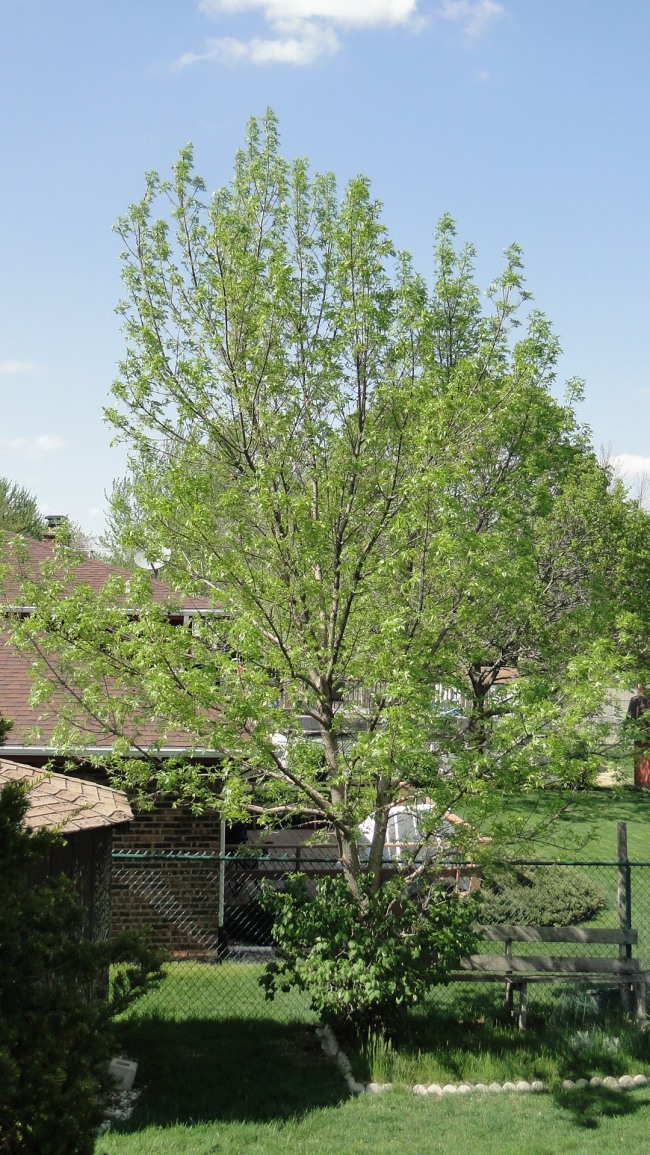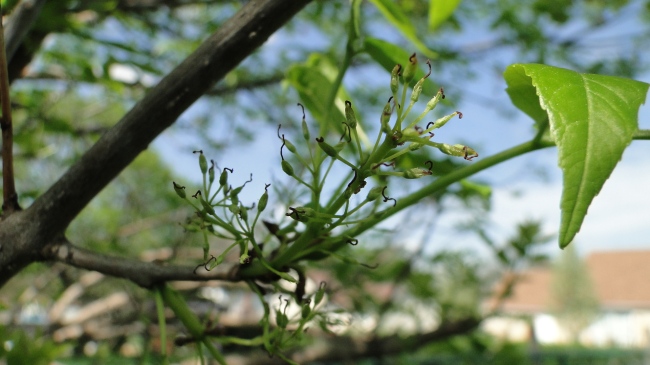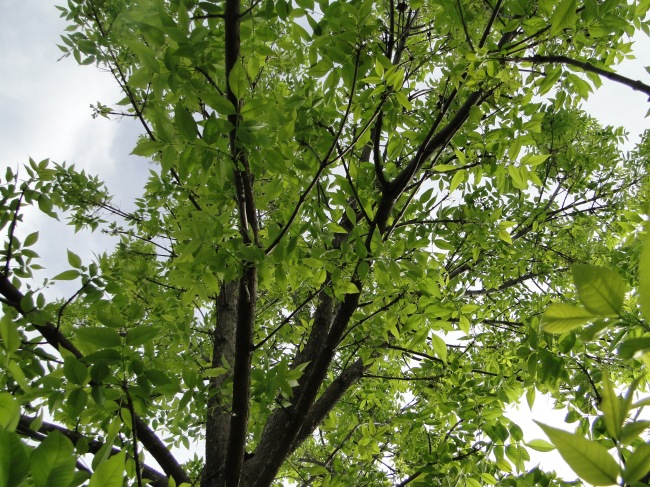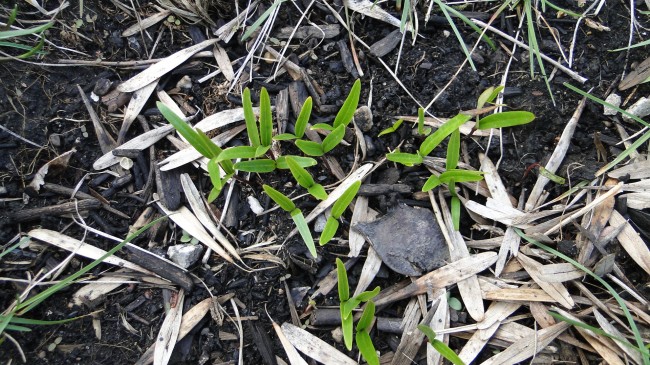The most widespread of any North American ash tree, Green Ash trees are frequently used for furniture, sport equipment, etc. Before the terrible plight inflicted by emerald ash borers (which are accountable for the loss of millions of ash trees), these were frequently planted as shade and street trees. Their numbers, sadly, are quickly declining to emerald ash borers. These look very similar to White Ash trees, although Green Ash tress have foliage that appear before the flowers, and the lower portion of the leaves are green.
Fraxinus pennsylvanica (Green Ash, Red Ash, Swamp Ash)
Deciduous: yes
Hardiness Zones: 3-7
Height: 15-37 meters tall
Diameter: 10.5-15 meter spread
Growth Rate: fast, to 0.9 meters (around 3 feet annually)
Age: typically to 120 years old, rarely to 175 years old
Root System: surface roots common
Family: Oleaceae
Subspecies: ‘Bergeson’, ‘Cimmzam’, ‘Marshall’s Seedless’, ‘Patmore’, ‘Summit’,
Tolerates: air pollution, deer, a wide range of soils once established, drought, aerosol (somewhat), salt (somewhat), flooding
Problems (major): Emerald Ash Borers frequently attack trees and slowly kill them within five years of infection.
Problems (minor): Fungal leaf spots, powdery mildew, rust, anthracnose, cankers, ash yellows, ash borer, lilac borer, carpenter worm, oyster shell scale, leaf miners, fell webworms, ash sawflies, ash curl leaf aphid, weak branches susceptible to breaking by strong storms, verticillium wilt, ash ring spot
Poisonous: presumably no
Soil requirements: prefers constantly moist, humusy, nutrient rich, well-drained loams
Air requirements: tolerant of urban pollution/poor air quality
Watering requirement: moderate
Sun requirement: full sun
Leaves: oval to oblong-lanceolate leaflets grow 7-10cm long in sets of 5, 7, or 9; entire leaves to 23 cm long, pinnately compounded, opposite, short petiole
Flowers: purple-colored male and female flowers, April and May, appear after foliage develops (usually on separate plants)
Fruits: initially light green (tan-colored at maturity) samaras to 5 cm long, may persist through winter
Seeds require stratification to germinate: yes
Monoecious or Dioecious: dioecious
Notable characteristics:
The most widespread ash in North America, Green Ash have an upright form.
Uses:
Previously used as a street tree or shade tree, before the emerald ash borer infestation. The wood used to be used for furniture or athletic equipment.
Sources used:
- http://www.missouribotanicalgarden.org/PlantFinder/PlantFinderDetails.aspx?kempercode=a868
- https://plants.usda.gov/core/profile?symbol=FRPE
- http://dendro.cnre.vt.edu/dendrology/syllabus/factsheet.cfm?ID=48
- http://www.fs.fed.us/database/feis/plants/tree/frapen/all.html
- http://www.na.fs.fed.us/pubs/silvics_manual/volume_2/fraxinus/pennsylvanica.htm
- http://www.hort.uconn.edu/plants/f/frapen/frapen1.html
- http://hort.ifas.ufl.edu/database/documents/pdf/tree_fact_sheets/frapena.pdf
- https://www.uwgb.edu/biodiversity/herbarium/trees/frapen01.htm
- http://bigtree.cnre.vt.edu/TreeAge.htm
- Kershner, Bruce, and Craig Tufts. National Wildlife Federation Field Guide to Trees of North America. New York: Sterling Pub., 2008. Print.

A relatively young Green Ash (under 15 years old, over 20 feet tall)

Close-up of the flowers

Bark

A close-up of new foliage

upper branches and canopy

Recently germinated seedlings alongside other samaras
Another view of the higher up branches, foliage, and canopy

male flower clusters (on same tree as female flowers)

samaras and foliage
All of the images provided were taken by me. They may be used with permission if this online journal/article is appropriately cited first.



